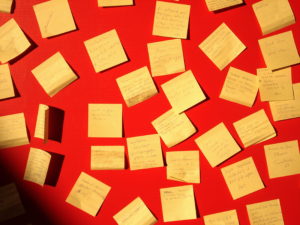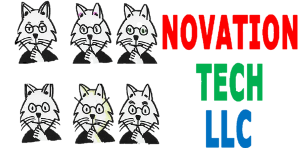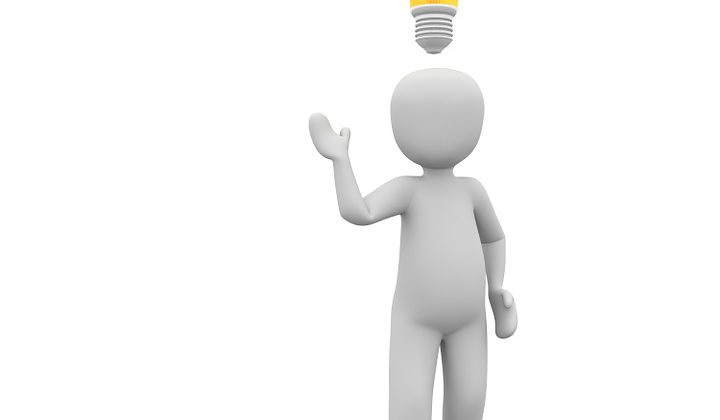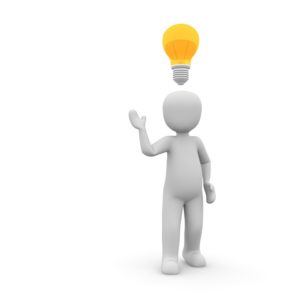In our recent blogs we’ve been discussing how the clever cats at Novation go through the product development process. So far we’ve covered OPPORTUNITY IDENTIFICATION (today’s world), VISION (the world we plan to create) and introduced SOLUTIONS – how we get from the old world to the new one. The SOLUTIONS phase consists of two key parts: BRAINSTORMING and what we call REFINING THE HAYSTACK.
BRAINSTORMING is a well known process that has been around for years. It is not universally accepted, but Novation finds it very effective, and we have refined our take on it which we will discuss below.
At the end of BRAINSTORMING, we end up with scores, maybe hundreds of ideas. The challenge is to go through the haystack of ideas and find the best ones… so that’s what we mean by REFINING THE HAYSTACK. We’ll discuss the refinement in the next blog entry, but for now, let us give you our small set of rules for effective brainstorming.
The project lead is typically the designated facilitator of the brainstorming session. To start, the facilitator provides background, facts, and a definition of the problem that needs to be solved. If the session goal is to come up with initial ideas for a product, the information provided in this background briefing is kept fairly broad and open-ended to allow as wide a creative field as possible. If the brainstorming session is about a specific area, such as near the end of the product development cycle, the background information is much more specific and often includes detail on form, fit and functions, which generally include specifications on functionality, performance, interfaces, size, weight, cost, regulations, and physical environment. Usually this background session takes about 10 minutes, and reference materials are often provided for use during the brainstorming.
The participants are then given the rules.
- A specific time is set (usually 15 minutes)
- The goal is quantity over quality
- Say your idea out loud, write it down on the sticky note, but do not discuss or explain it
- No criticism permitted
- No idea is too silly or outlandish
- All ideas must be recorded, one idea per sticky note
- All must contribute
- Um…that’s about it.
 The facilitator can and ideally will participate too. The facilitator should encourage everyone present to participate and produce lots of ideas. Now and then the facilitator should toss in a stimulus word for people to think about like “football”, or “insects”, or “bread pudding”; such odd words often trigger new thoughts.
The facilitator can and ideally will participate too. The facilitator should encourage everyone present to participate and produce lots of ideas. Now and then the facilitator should toss in a stimulus word for people to think about like “football”, or “insects”, or “bread pudding”; such odd words often trigger new thoughts.
By the end of a 15 minute session, we’ve found that each person will usually have contributed 15 to 20 ideas. If you have ten people on the team, that could result in about 200 ideas. Granted, since we were after quantity, many of the ideas may not be useful to solve the problem at hand, but usually you only need one good idea and in a haystack of 200 or so sticky notes, you’re bound to find it.
How we sort through that haystack of ideas is the topic of the next blog.



 Several readers have asked how we get our ideas for products. We have several creative minds working on our team, each with their own interests and views. If left on their own, the ideas and projects would wander wildly. They would be fun and interesting – two of our goals – but we are a business and need to ensure that our research and development resources are spent wisely. So how do we herd this bunch of cats?
Several readers have asked how we get our ideas for products. We have several creative minds working on our team, each with their own interests and views. If left on their own, the ideas and projects would wander wildly. They would be fun and interesting – two of our goals – but we are a business and need to ensure that our research and development resources are spent wisely. So how do we herd this bunch of cats?